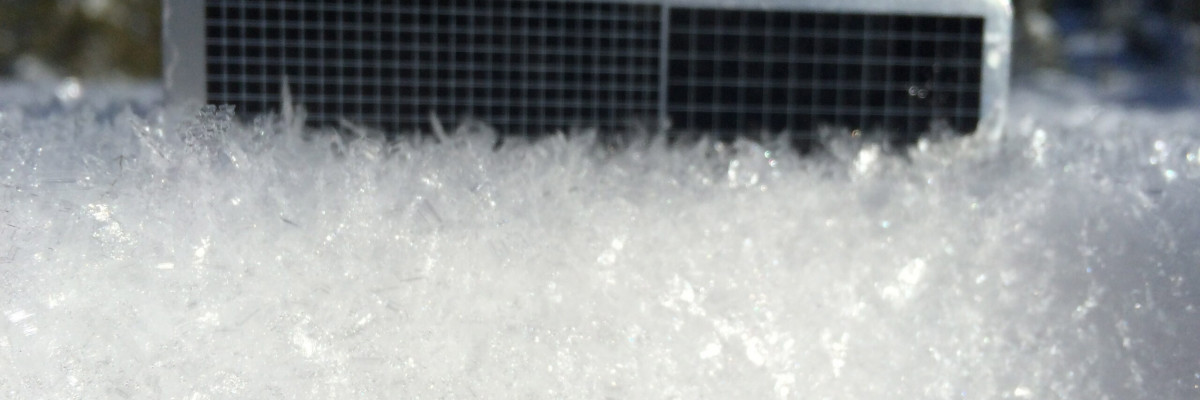In the west central Montana backcountry above 6000 feet, the avalanche danger is MODERATE on wind loaded terrain steeper than 35 degrees. Natural avalanches are unlikely, human triggered avalanches are possible. Expect the avalanche danger to rapidly increase as new snow and high winds move into the area.
At all other mountain locations the avalanche danger is LOW. Natural and human triggered avalanches are unlikely. It is still possible to find unstable snow in isolated areas so remember that low avalanche danger does NOT mean no avalanche danger.
Hello! This is Steve Karkanen with the West Central Montana Avalanche Center’s backcountry avalanche advisory for January 16, 2015. This information is the responsibility of the Forest Service and does not apply to operating ski areas. The danger rating expires at midnight tonight.
Mountain temperatures are in the upper 20’s with south winds at Point Six in the 20’s gusting to 27. At Deer Point near Darby winds are from the south at 20 mph with gusts to 33 . No precipitation has been recorded in the past few days.
Our observers report mostly stable conditions with the primary concern focusing on how the current surface condition will affect stability. In some locations we’re finding evidence of weak layers failing with moderate strength. In isolated areas, we’re still getting slabs to propagate in extended column testing (see this week’s video).
While the overall snowpack appears to have settled and strengthened, there are still areas where it may be possible to trigger a deeper slab with serious consequences. The only way to determine if the slope you want to recreate on has this instability is to dig into it.
During the clear weather this week, the surface of our snowpack weakened and will be the next main problem to be aware of. New snow and high winds will rapidly increase the avalanche danger.
I’ll issue the next regular advisory next Tuesday, January 20th.
























